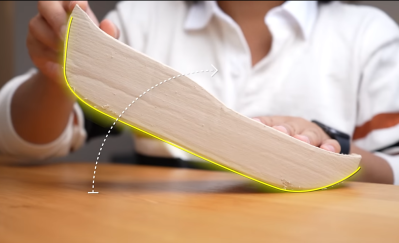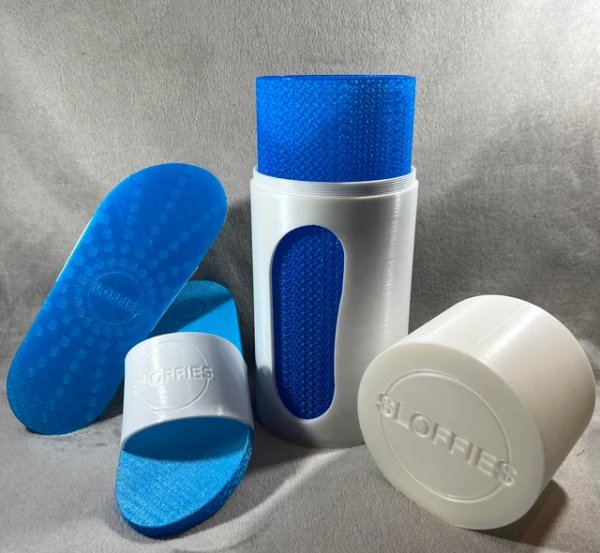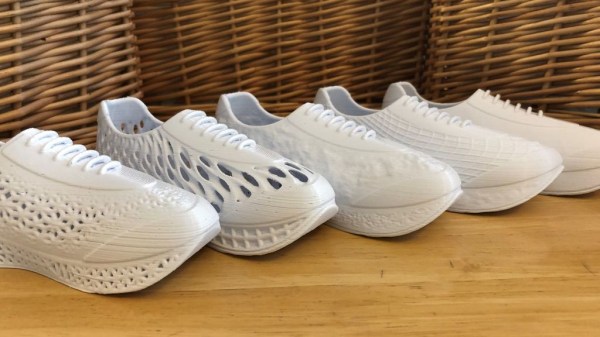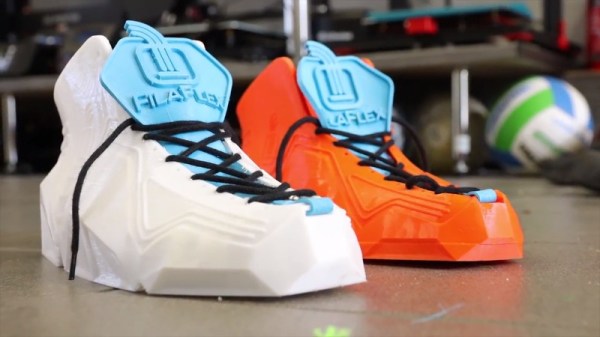We love 3D printing. We’ll print brackets, brackets for brackets, and brackets to hold other brackets in place. Perhaps even a guilty-pleasure Benchy. But 3D printed shoes? That’s where we start to have questions.
Every few months, someone announces a new line of 3D-printed footwear. Do you really want your next pair of sneakers to come out of a nozzle? Most of the shoes are either limited editions or fail to become very popular.
First World Problem
You might be thinking, “Really? Is this a problem that 3D printing is uniquely situated to solve?” You might assume that this is just some funny designs on some of the 3D model download sites. But no. Adidas, Nike, and Puma have shoes that are at least partially 3D printed. We have to ask why.
We are pretty happy with our shoes just the way that they are. But we will admit, if you insist on getting a perfect fitting shoe, maybe having a scan of your foot and a custom or semi-custom shoe printed is a good idea. Zellerfield lets you scan your feet with your phone, for example. [Stefan] at CNC Kitchen had a look at those in a recent video. The company is also in many partnerships, so when you hear that Hugo Boss, Mallet London, and Sean Watherspoon have a 3D-printed shoe, it might actually be their design from Zellerfield.
Continue reading “Ask Hackaday: Are You Wearing 3D Printed Shoes?”



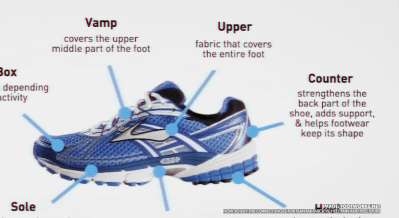 process, given that there is indeed a fair amount of science to shoe design. Firstly, after a quick run, the main issues with some existing shoes were identified, specifically that there are a lot of pain points; feet hurt from all the impacts, and knees take a real pounding, too. That meant they needed to increase the sole cushioning. They felt that too much energy was wasted with the shoes not promoting forward motion as much as possible; feet tended to bounce upwards so that a rocker sole shape would help. Finally, laces and other upper sole features cause distraction and some comfort issues, so those can be deleted.
process, given that there is indeed a fair amount of science to shoe design. Firstly, after a quick run, the main issues with some existing shoes were identified, specifically that there are a lot of pain points; feet hurt from all the impacts, and knees take a real pounding, too. That meant they needed to increase the sole cushioning. They felt that too much energy was wasted with the shoes not promoting forward motion as much as possible; feet tended to bounce upwards so that a rocker sole shape would help. Finally, laces and other upper sole features cause distraction and some comfort issues, so those can be deleted.